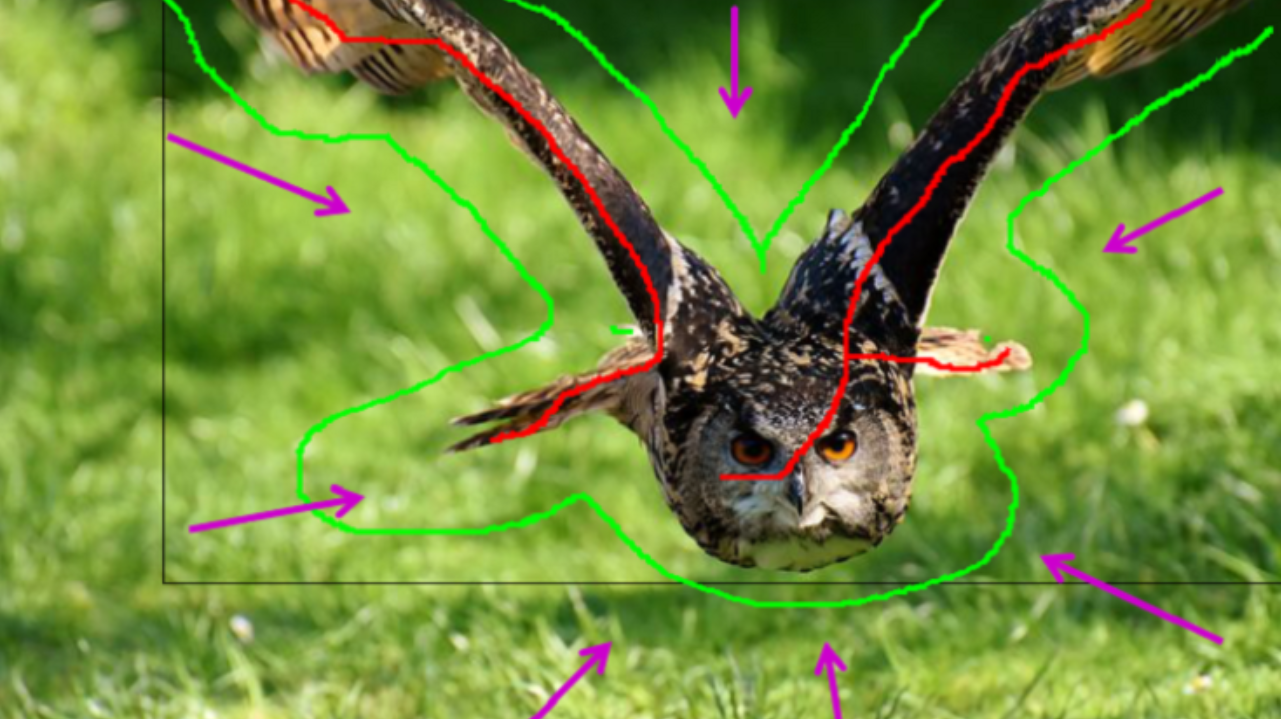
Digital images are the most produced media. They often differ from an actual view of the world, as images almost always undergo some digital processing: filters might have removed noise, selfies might be warped and deformed, low-light photography is cleaned up. Recently, artificial intelligence has been used combines photos to create fake content, transfer styles of artists onto a photo, or estimates depth, which can be used to create a 3D model or simulate depth of field.
The area of image processing investigates methods for image manipulation. The research uses insights from signal processing, statistics, perception, deep learning, and algorithmics. Typically, complicated and tedious tasks are reduced to simple interactions (e.g., virtually reproduce complex lighting setups, or support object segmentation). Moreover, expert knowledge can be integrated by intelligent systems to support everyday users (e.g., compositional or color guidelines). In this way, the creation of high-quality and expressive imagery is attainable for everyone.